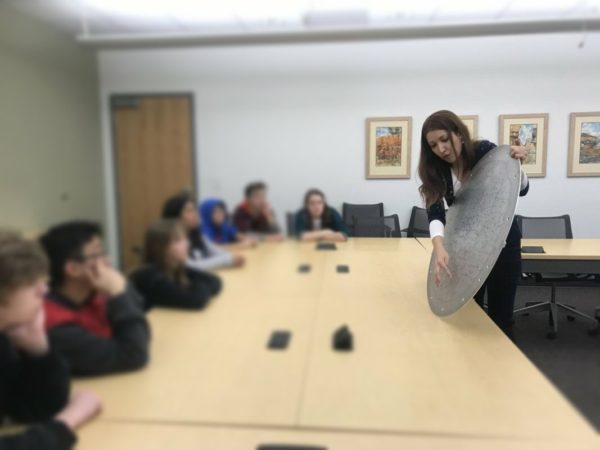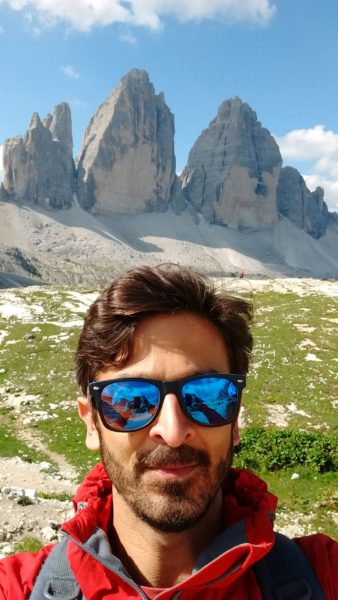
What is your role in the DESI project?
I work on the large-scale clustering patterns of galaxies and quasars, and how we can learn about cosmology from these measurements, in particular how dark energy has been changing the expansion history of the Universe. I’m especially interested in developing new types of these analyses based on ”voids” in the galaxy distribution. But right now I’m also learning about the details of observing galaxy spectra while contributing to the visual inspection effort of early data, and preparing for my first remote observing run later in the year.
Where were you born? Where do you live now?
I was born in Delhi, India. I live in Portsmouth, in the UK. Work took me to the wonderful far north of Europe, in Helsinki, where I worked as a postdoc for two years and where the sea would freeze over in the winter—but the most interesting place has to be a safari game reserve in KwaZulu-Natal, South Africa, which was the venue for a week-long cosmology conference I once attended!
What would you say is the most interesting or exciting thing about DESI?
The most exciting feeling as an astronomer is that brief eureka moment when you solve some interesting problem, and for a short time you get to feel that you are the only person in the world who knows the answer to a question that lots of people might be interested in… but these are pretty rare! More commonly, the best thing about it is the opportunity to interact with really clever, motivated and interesting students and colleagues every day.
Any advice for aspiring scientists?
Science is tough, but it is extremely rewarding so it’s worth sticking at it. Try to work with and learn from as many people as you can—it’s a collaborative effort!
Finally, what do you do for fun?
I like to say I’m a rock climber and mountaineer. The truth is that I haven’t been able to do any serious climbing for a long time, because work and kids and other things have taken up my time, but it’s still an important part of my identity! Nowadays (at least, pre-Covid) I enjoy playing squash instead.


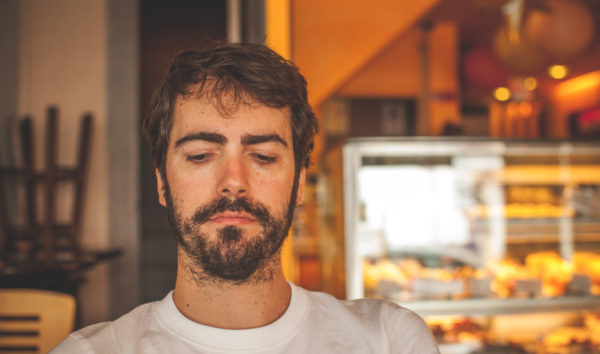
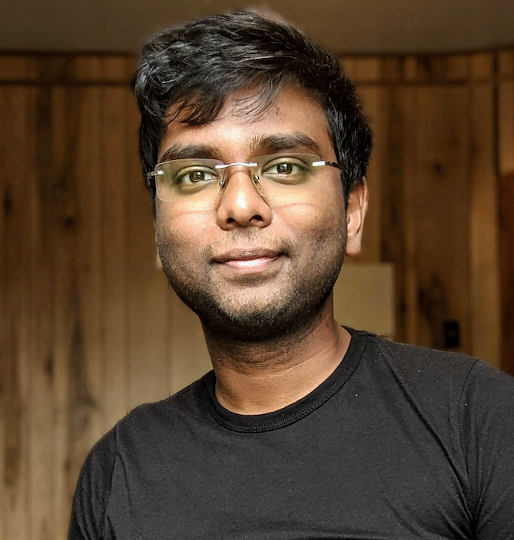
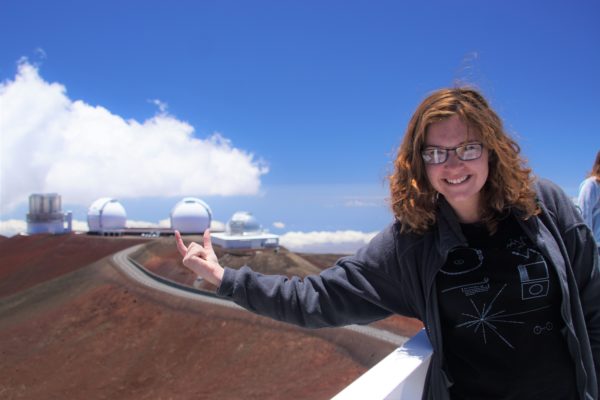 What is your role in the DESI project?
What is your role in the DESI project?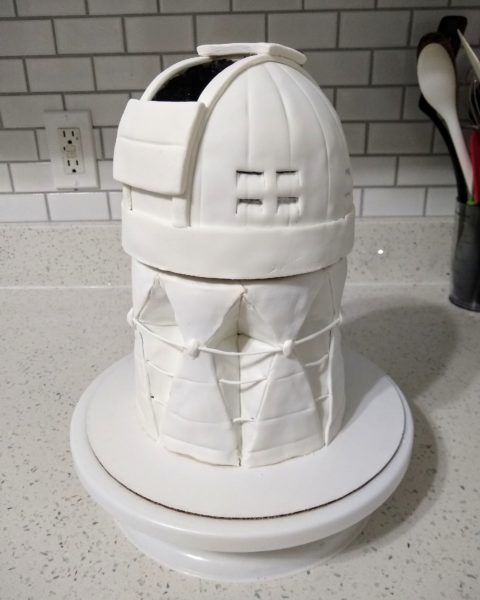
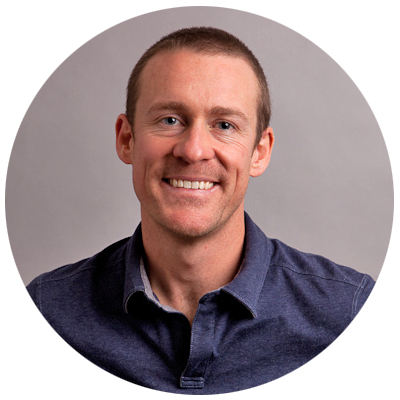
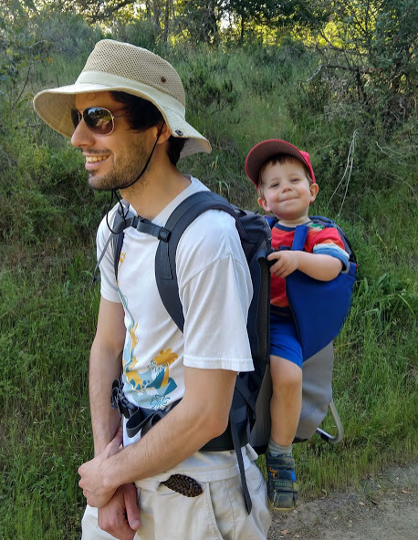 What is your position or role in the DESI project?
What is your position or role in the DESI project?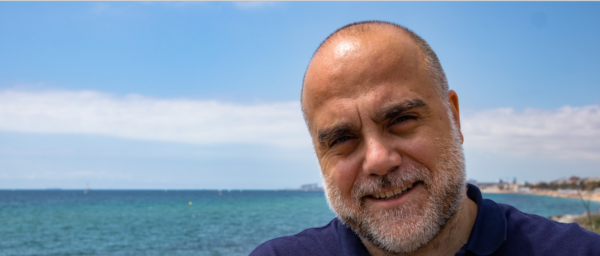 <
<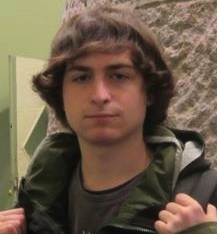 What is your role in the DESI project?
What is your role in the DESI project?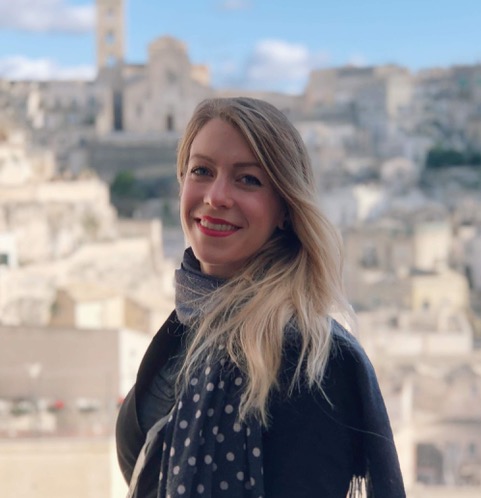 What is your role in the DESI project?
What is your role in the DESI project?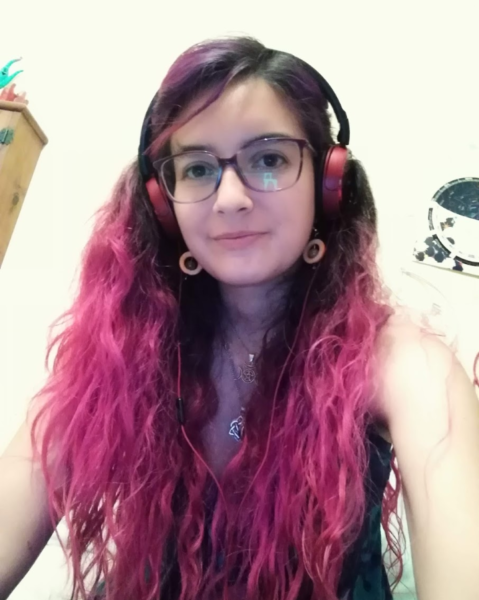
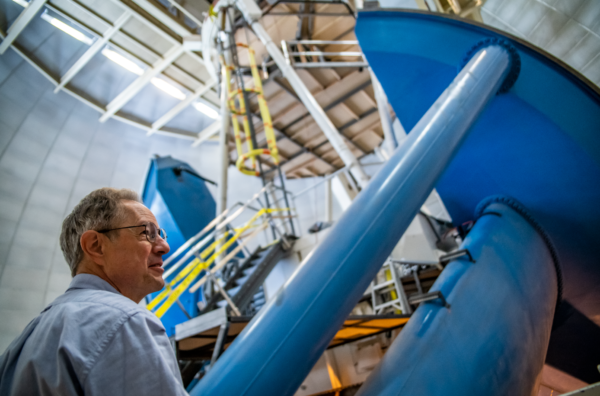
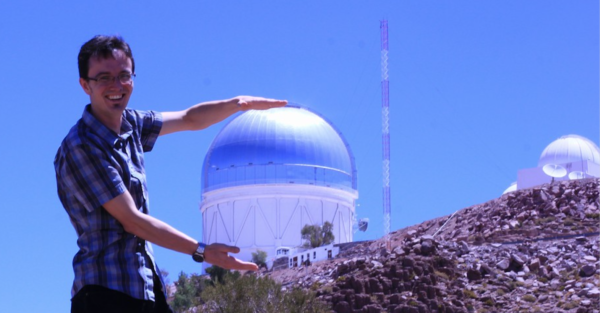
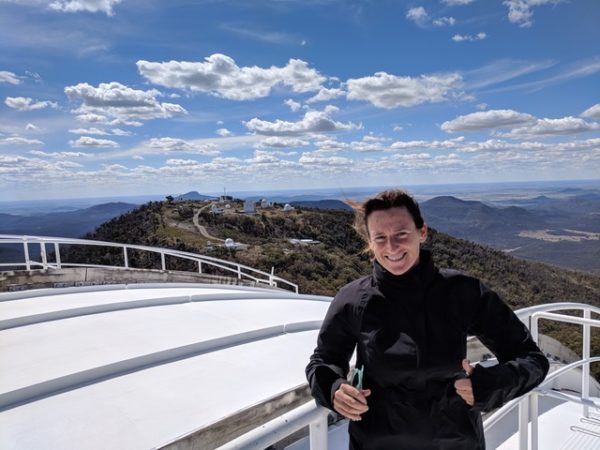 What is your position or role in the DESI project?
What is your position or role in the DESI project?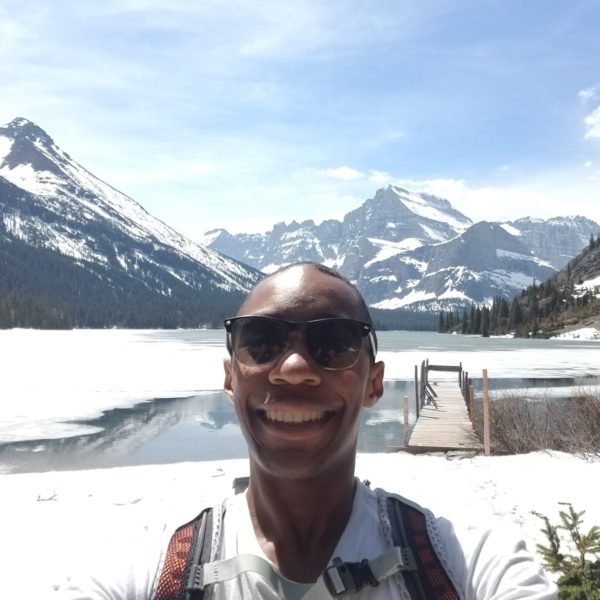 What is your role in the DESI project?
What is your role in the DESI project?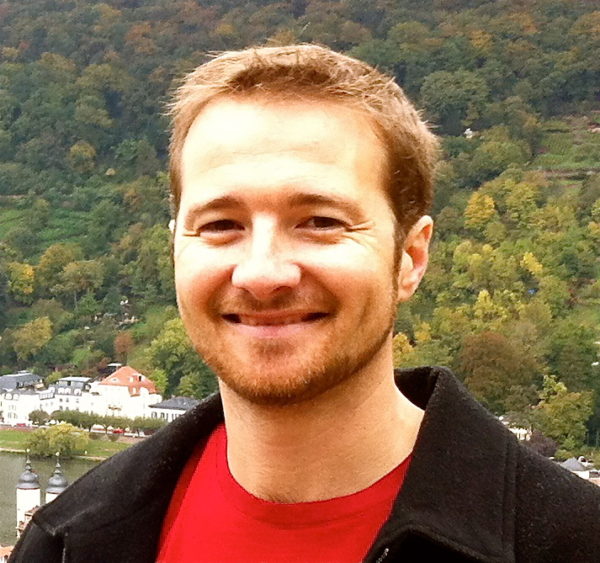 What is your position or role in the DESI project?
What is your position or role in the DESI project?
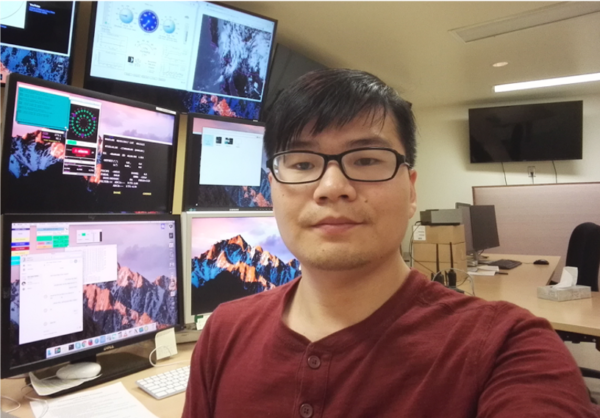
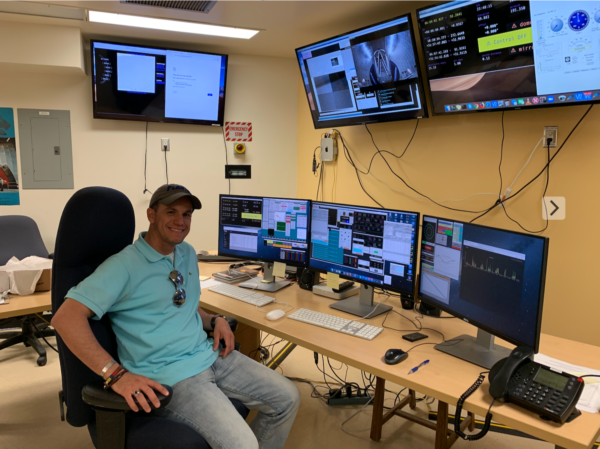 What is your position or role in the DESI project?
What is your position or role in the DESI project?